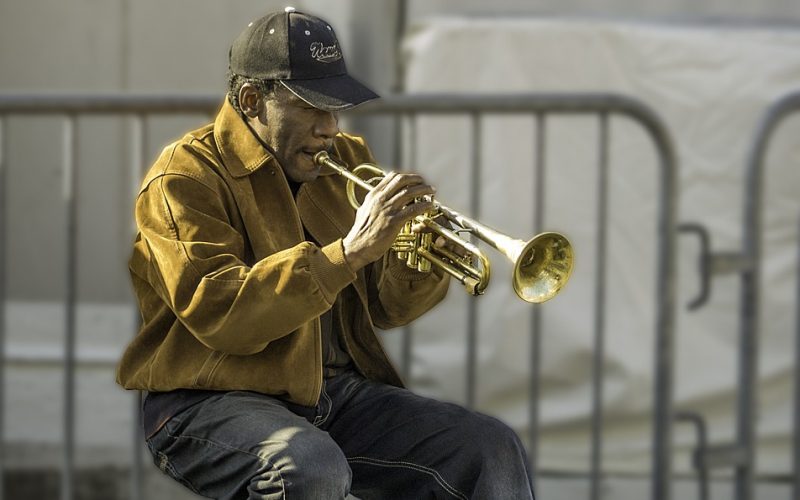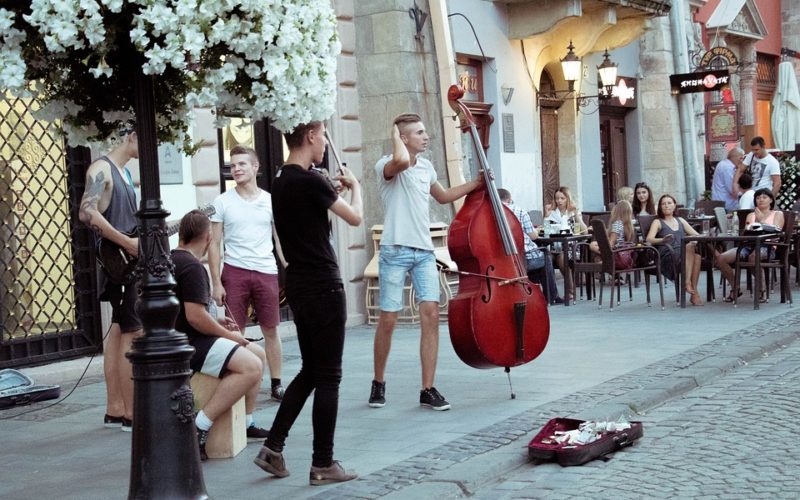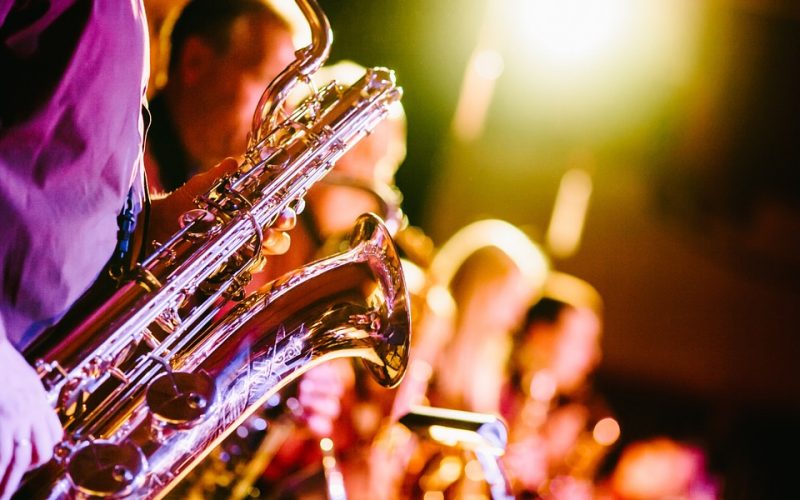Dixieland Jazz
Classic jazz from New Orleans was music without racial or ethnic divides. Bands of that era and place were composed of black, white and Creole musicians. While not every band was a fully integrated mixture, there were no claims that race or ethnicity made better musicians. The music and ability of the performers were the only criteria of whether or not a jazz band was good or bad. Oddly enough, Dixieland jazz is actually considered a white revival of classic jazz style.
Classic jazz was mainly a form of music played by small brass bands. The individual musicians were often talented performers with a long history of working together. This style of music was dependent on their ability to improvise around a melodic line. Each performer had their solo within the music in the classic style. Dixieland breaks away from solo performances. The entire band is expected to improvise as a group while the piece is performed.
Bands were often composed of a trumpet, clarinet, trombone or saxophone player. Stringed instruments might include a string bass, banjo, guitar or piano. Drums were also part of these bands. Modern Dixieland performers include many of the same instruments used in classic jazz. While a piano was used in early jazz, an electric violinist will often perform in a modern band. Piano music was used to support the rhythm of the original music. In Dixieland, a variety of percussion instruments are now used. The violin has a mellower tone and does not need to support the rhythm as the piano once did.
When the Dixieland revival of classic jazz began, the groups were originally billed as marching bands. Over time, this has changed greatly. Most Dixieland bands now play in clubs and dance halls. Playing this way allows for a greater variety of musical instruments. The ability to use modern instruments continues to allow this form of music to progress.



